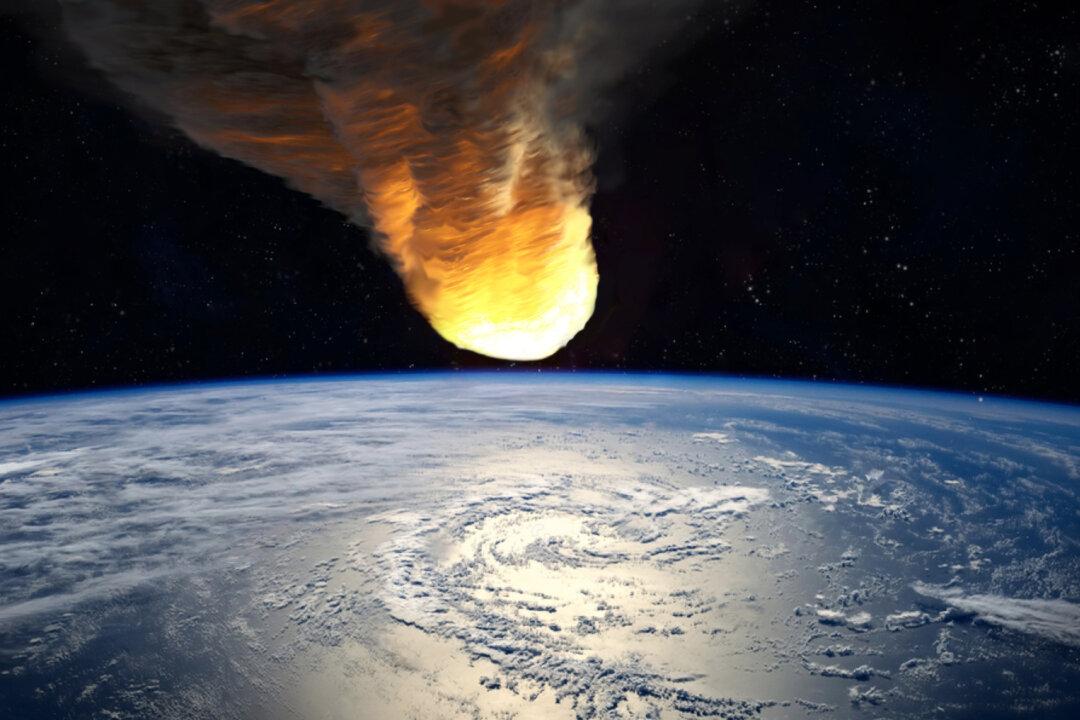At one time during Earth’s history, elemental forces heaved the great landmasses in the direction of the equator. So colossal was this shift, it was like Boston being dragged down to zero latitude—a distance more than 1,600 miles.
This massive shift occurred 800 million years ago, explained Adam Maloof, an associate professor of geosciences at Princeton University, in an NPR interview. Its rate of about 20 inches (50 centimeters) per day is breakneck speed in geology. That’s some five times faster than the rate that Earth’s crust moves today.






